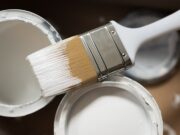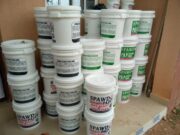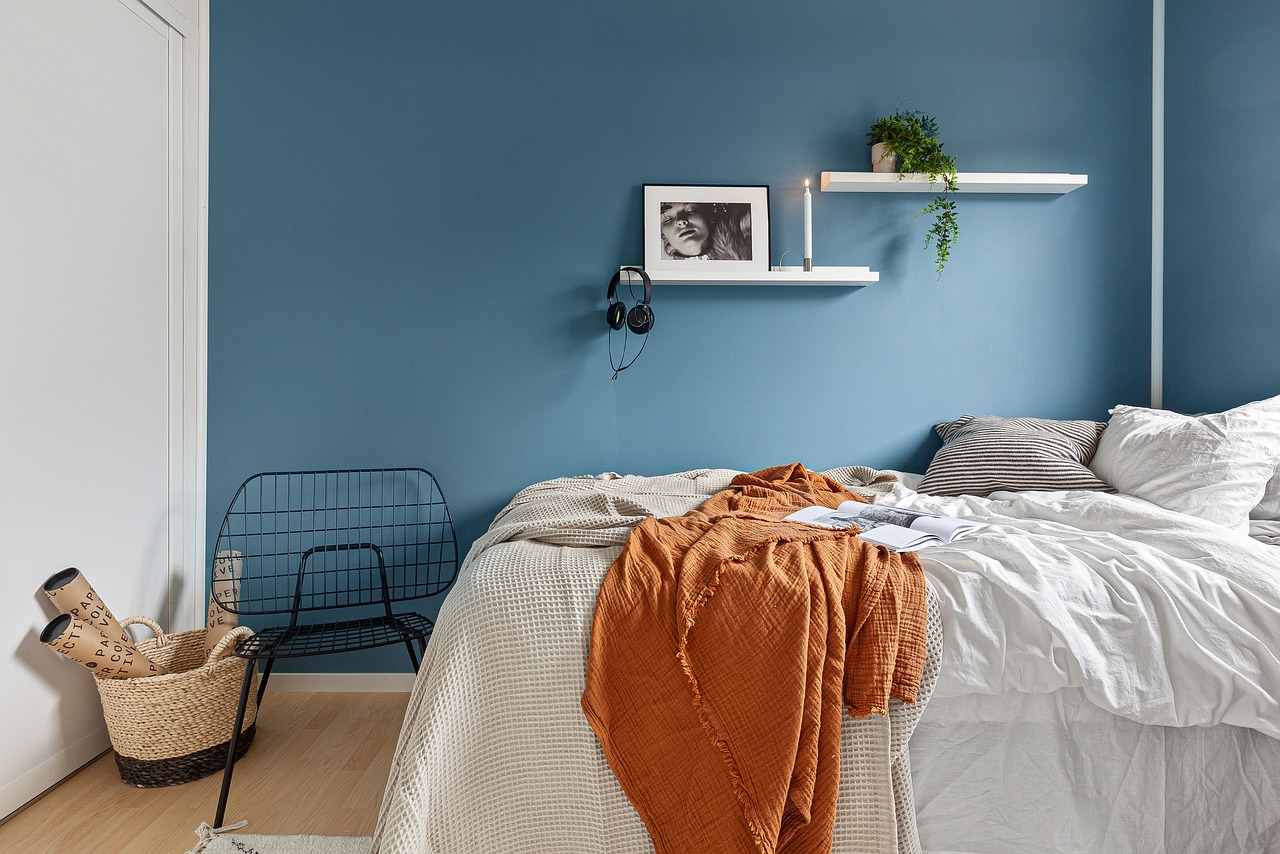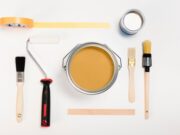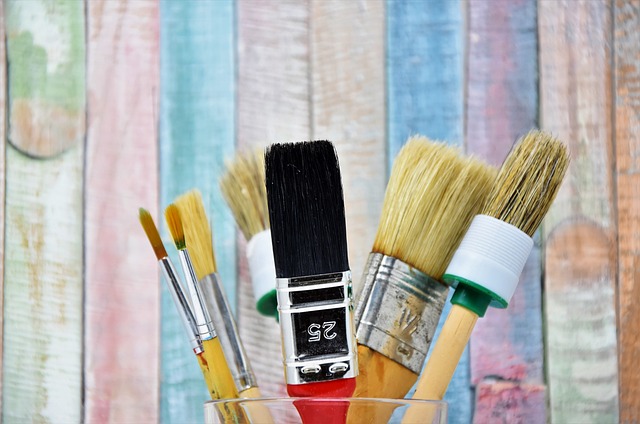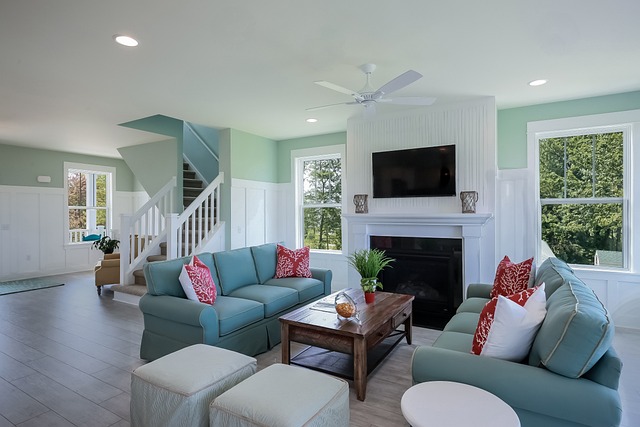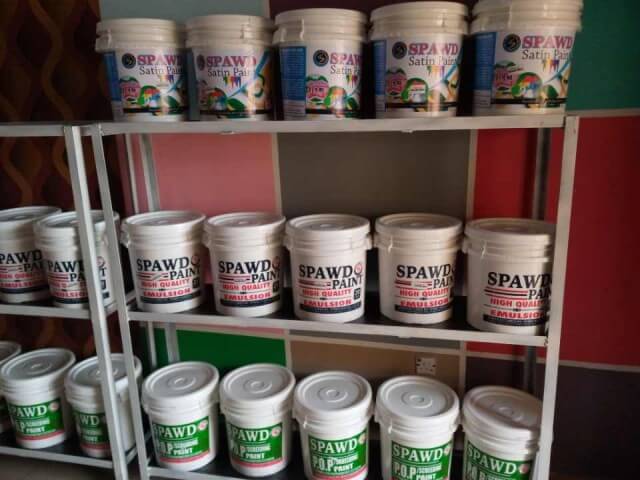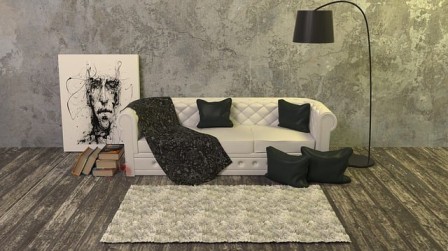A professional finish with decorative paints requires knowledge, technique, and quality materials. Understanding the fundamentals of decorative painting can make all the difference, whether for a personal home project or a professional service.
Decorative paints allow creativity and transform spaces, adding texture, style, and depth to your walls.
In this guide, we’ll cover everything you need to know to achieve a professional finish with decorative paints, covering preparation, techniques, tools, and maintenance.
What Is Decorative Paint?
Decorative paints are specially formulated paints used to create unique finishes and effects that enhance the beautiful appeal of a space.
They range from simple, elegant textures to bold, intricate designs. Some popular types include the following.
1. Metallic Paints
This decorative paint provides a reflective, shimmering look that mimics the sheen of metals like gold, silver, and bronze.
2. Textured Paints
This type adds a tactile quality to walls, creating patterns or replicating materials like stone or fabric.
3. Pearl and Satin Finishes
This type of decorative paint delivers a subtle, silky glow, perfect for adding a hint of luxury.
4. Chalk Paints
Chalk paints offer a matte finish and are commonly used for creating vintage or distressed looks.
Choosing the right decorative paint for your project depends on the intended look, the environment, and the type of surface you’re working with.
How To Plan Your Decorative Painting Project
A successful decorative painting project starts with detailed planning. So, before you dive into painting, consider these key steps.
1. Define Your Vision
You have to think about the mood and style you want to create. Do you want a dramatic effect or a subtle finish?
You can look for inspiration in magazines, design blogs like paintingglobe.com, or by visiting showrooms.
You can create a mood board to visualize your color schemes, textures, and designs.
2. Choose Your Colors Carefully
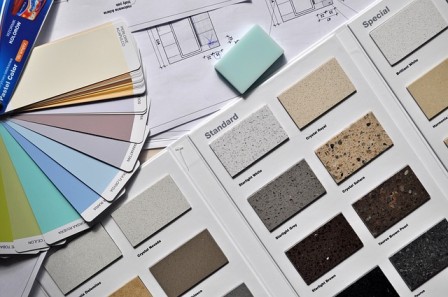
Color selection is crucial in decorative painting, so, opt for a color that complements the room’s existing decor or adds contrast as needed.
It’s also important to understand how colors interact under different lighting conditions.
3. Consider the Surface You Want To Paint
The type of surface you have can influence how the paint adheres and how the finished texture will look.
For example, rough surfaces like brick or plaster may require more coats and different tools than a smooth wall.
4. Make A Budget For Your Project
Plan your budget carefully to cover all materials, including primer, paint, tools, and any extra design elements.
Quality materials can make a significant difference in the outcome, so try not to cut corners on essentials.
How To Prepare Your Surface for Decorative Painting
One of the most important steps in achieving a professional decorative paint finish is proper surface preparation.
This phase can be labor-intensive but will pay off in the final result.
1. Clean the Surface
Make sure that your walls are clean, dry, and free of dust, grease, or grime.
Use a mild detergent to wash the walls if necessary, then let them dry completely. Any residue can prevent the paint from adhering properly.
2. Patch and Repair
Inspect your walls for any cracks, holes, or imperfections. Use your spackle or filler to repair the damages, and sand the surface to ensure it’s smooth and ready.
For larger cracks, consider using mesh tape before applying filler.
3. Prime the Walls
Applying a primer is essential, especially for textured or porous surfaces.
A primer not only helps the paint adhere better but also enhances color vibrancy and consistency.
So, choose a primer that’s suitable for the type of decorative paint you plan to use.
4. Mask and Cover
Use painter’s tape to mask off areas that you don’t want to paint, such as trim, windows, and door frames.
Cover floors and furniture with drop cloths to protect them from paint splatter.
Guide for Choosing the Right Tools and Materials For Decorative Painting
Using the right tools can make all the difference in the quality of your finish. Here are some essential tools for a professional decorative painting.
1. Brushes and Rollers
High-quality brushes and rollers are essential for a smooth, streak-free finish.
For textured paints, consider specialty rollers designed to create specific patterns.
2. Sponges and Rags
These are used to create unique textures and finishes, especially when applying glazes or washes.
3. Trowels and Spatulas
They are useful for textured paints, trowels, and spatulas allowing you to spread and sculpt the paint.
4. Stencil Brushes
If you plan to use stencils, invest in good-quality stencil brushes to prevent smudging and bleeding.
5. Painter’s Tape and Drop Cloths
These are very essential materials for protecting non-painted areas and keeping your workspace clean.
6. Personal Protective Equipment (PPE)
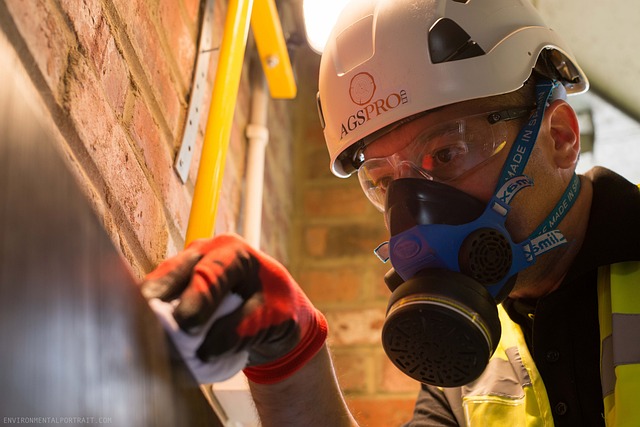
Investing in quality tools not only improves the final appearance of your project but also makes the process smoother and more efficient.
Trending Decorative Painting Techniques
Various decorative painting techniques can be used to achieve different effects. Here are some popular methods.
1. Sponging
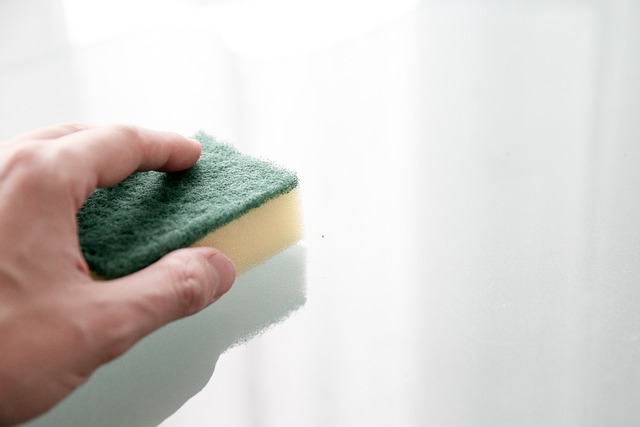
Sponging is a simple yet effective technique that creates a soft, textured look. Here’s how to do it;
Dip a natural sea sponge in paint, then blot the excess on a rag.
Lightly press the sponge onto the wall, creating a pattern with each press. Continue sponging until you cover the wall, making sure to vary the pressure for a more natural look.
2. Rag Rolling
Rag rolling is a technique that creates a soft, marble-like effect that adds depth to walls.
To achieve it. Dip a rag in paint and wring out the excess.
Roll the rag into a loose cylinder and then roll it onto the wall. Work in random sections to achieve a unique, non-uniform finish.
3. Stenciling
Stenciling is another technique that allows for precise, repeating designs and patterns. This is particularly effective for accent walls.
To achieve it, Attach the stencil to the wall with painter’s tape.
Use a stencil brush to dab paint onto the stencil, being careful not to overload the brush to avoid smudging.
Carefully peel away the stencil and move it to the next section.
4. Color Washing
This technique gives your walls a soft, weathered look, ideal for rustic or traditional interiors.
To simply get this, Apply a base coat and let it dry.
Mix the top color with glaze to create a translucent effect.
Use a brush to apply the glaze mixture in random strokes for a varied finish.
5. Metallic Finishes
Metallic paints add a glamorous sheen to walls. When applying metallic paints, use a brush rather than a roller to achieve a more even, reflective surface.
How To Professionally Apply Decorative Paint
When applying decorative paints, proper technique is key to achieving a professional look.
Here are some general tips.
1. Start with a Base Coat
Applying a base coat before adding decorative elements is essential for color consistency.
2. Apply Evenly
Always work from top to bottom and avoid overlapping wet paint as much as possible.
3. Layering for Depth
Many decorative finishes look best when layered. Allow each layer to dry completely before adding another.
Drying and Curing Of Decorative Paints
The drying time of all decorative paints varies depending on the type of paint, the climate, and the thickness of the application.
While a layer might feel dry to the touch, it’s often necessary to wait for a full cure time (up to 30 days for some paints) to ensure durability.
Avoid touching or cleaning the walls until the paint has fully cured.
How To Seal and Protect Your Decorative Paint Finish
A sealant can help protect your decorative paint finish, especially in high-traffic areas. Depending on the effect, consider the following.
1. Clear Acrylic Sealant
A clear acrylic sealant is good for most types of decorative paints as it provides a durable, protective coating without altering the finish.
2. Wax Sealant
The wax sealant is ideal for chalk paints and gives you a soft, matte finish.
3. Polyurethane Sealant
This sealant provides a high-gloss, durable finish but should only be used for certain types of paint and in well-ventilated areas.
How To Maintain Your Decorative Paint Finish
Proper maintenance will extend the life of your decorative paint job.
1. Regular Cleaning
Dust and gently clean the walls periodically using a damp cloth for stains, but avoid harsh scrubbing as it may damage the finish.
2. Touch-ups
Keep a small amount of paint on hand for touch-ups. For complex textures, try to replicate the original technique as closely as possible.
Conclusion
Achieving a professional finish with decorative paints is an art and a science.
Whether you’re aiming for a subtle texture or a bold statement wall, this guide provides the essential steps to help you succeed.
With patience and practice, anyone can learn to create stunning decorative finishes that rival professional quality.
Hope this was helpful.










